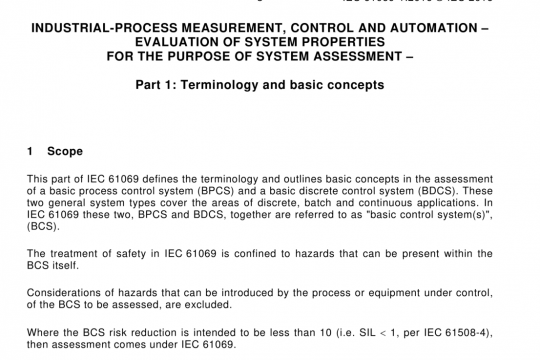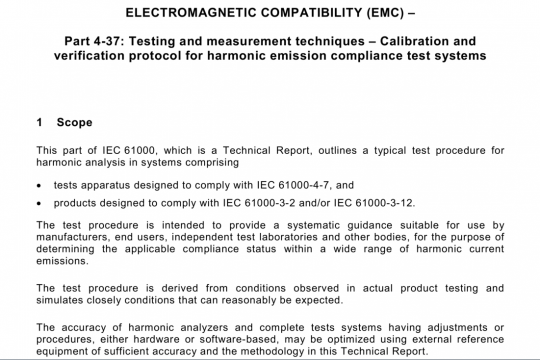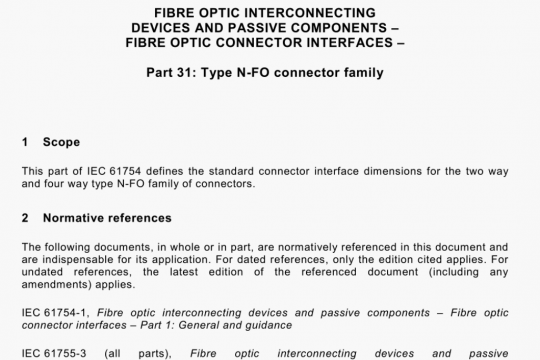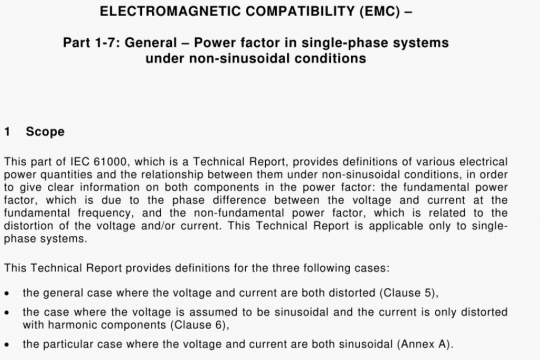IEC 61788-17 pdf free download
IEC 61788-17 pdf free download.Superconductivity – Part 17: Electronic characteristic measurements – Local critical current density and its distribution in large-area superconducting films.
5 Apparatus
5.1 Measurement equipment
Figure 1 shows a schematic diagram of a typical electric circuit used for the third-harmonic voltage measurements. This circuit is comprised of a signal generator, power amplifier, digital multimeter (DMM) to measure the coil current, band-ejection filter to reduce the fundamental wave signals and lock-in amplifier to measure the third-harmonic signals. It involves the single- coil approach in which the coil is used to generate an AC magnetic field and detect the inductive voltage. This method can also be applied to double-sided superconducting thin films with no obstacles. In the methods proposed here, however, there is an additional system to reduce harmonic noise voltages generated from the signal generator and the power amplifier [14]. In an example of Figure 1, a cancel coil of specification being the same as the sample coil is used for cancelling. The sample coil is mounted just above the superconducting film, and a superconducting film with a Jd sufficiently larger than that of the sample film is placed below the cancel coil to adjust its inductance to that of the sample coil. Note that the inductance of the sample coil decreases by 20 % to 30 % due to the superconducting shielding current when it is mounted on a superconducting film. Both coils and superconducting films are immersed in liquid nitrogen (a broken line in Figure 1). Other optional measurement systems are described in Annex B.
The most significant systematic effect on the 1J3 measurement is due to the deviation of the coil-to-film distance i from the prescribed value. Because the measured value icl in this technique is directly proportional to the magnetic field at the upper surface of the superconducting film, the deviation of the spacing Z1 directly affects the measurement. The key origins of the uncertainty are listed in a) to c) below.
a) Inadequate pressing of the coil to the film
As the measurement is performed in liquid nitrogen, the polyimide film placed above the HTS thin film becomes brittle and liquid nitrogen may enter the space between the polyimide and HTS films. Thus, sufficient pressure is needed to keep the polyimide film flat and avoid the deviation of Z1. An experiment has shown that the required pressure is about 0,2 MPa [18]. Here it is to be noted that thermal contraction of polyimide films at the liquid nitrogen temperature is less than 0,008 x (300 — 77) 178 %, which leads to negligible values of 0,9 pm to 4,5 pm compared with the total coil-to-film distance (about 200 pm) [26].
b) Ice layer formed between the coil and polyimide film
The liquid nitrogen inevitably contains powder-like ice. If the sample coil is moved to scan the large-area HTS film area for an extended period, an ice layer is often formed between the polyimide film and the sample coil, which increases the coil-to-film distance l from the prescribed value. As shown later in 7.2, this effect reduces coil coefficients (k and k’), and the use of uncorrected k’ results in an overestimate in J. Special care should be taken to keep the measurement environment as dry as possible. If the measurement system is set in an open (ambient) environment, the J values measured after an extended period of time become sometimes greater than those measured before, and the overestimation was as large as 6 % when measured after one hour. If the measurement system is set in almost closed environment and the ambient humidity is kept less than about 5 %, such effect of ice layers can be avoided. We can check this effect by confirming reproducibility. If the same 1 values are obtained after an extended period, it proves that there is negligible effect of ice layers. These two systematic effects (a) and b)) are not considered in the estimate of the uncertainty in the experimental coil coefficient k’ in 7.3 and Clause C.1, because they can be eliminated by careful measurements.IEC 61788-17 pdf download.




